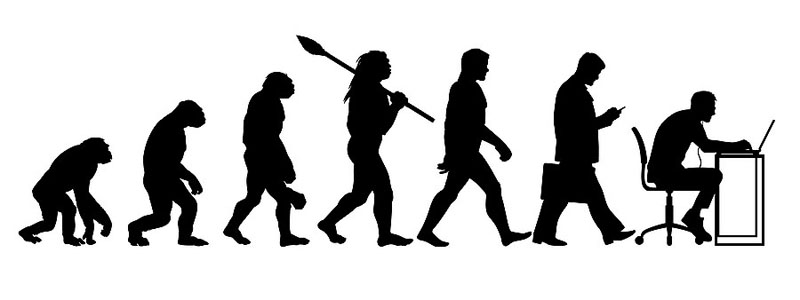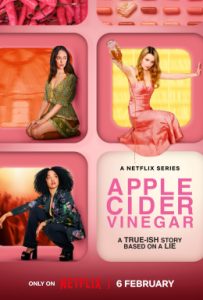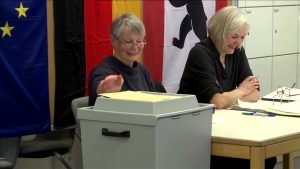A Summary of the History of the World, in Videos
THE EUROPEAN POST-RENAISSANCE PERIOD (1700 AD — 1900 AD)
by Edward Ulrich, updated February 18, 2022
The videos on this page detail aspects of the European post-Renaissance period. It is a part of the article “A Summary of the History of the World, in Videos.”

This History Channel video details of brutal French Revolution that occurred between 1789 and 1799, where French people revolted and killed many of the French aristocracy including King Louis XVI and his wife Marie Antoinette.

This documentary explains Napoleon Bonaparte, the French military and political leader who was the Emperor of France between 1804 and 1814. He fought in a series of successful Napoleonic Wars in Europe, building a large empire for France until its collapse in 1815.

This segment from the 1970 movie “Waterloo” depicts Napoleon Bonaparte’s defeat to the British at the Battle of Waterloo in Belgium in 1815. [Note: The movie is dated in style and unfortunately they seem to have killed some horses while filming it, but that footage is not in this segment.]
The Industrial Revolution occured between 1700 and 1900, where technological innovations such as steam power radically transformed all aspects of the world.





This video summarizes many aspects of the industrial revolution that occurred between the 1700’s and early 1900’s.

This video summarizes the types of transformations that were happening in Britain during the Industrial Revolution between the 1700’s and 1900, where Britain was turned into a superpower of factories. It explains how the industrial revolution was actually a “series” of revolutions that combined together during that era.

This video summarizes important inventions of the first Industrial Revolution, where mechanization and new energy sources were utilized. Thomas Newcomen developed the first practical steam engine that was used to pump water out of coal mines, and in 1776 James Watt improved on Newcomen’s concept where he enabled steam power to be used in many more types of applications; In 1870, James Hargreaves improved the “Spinning Jenny” device, which improved the productivity of textile workers by eight times; In the 18th century, Henry Cort developed a method of working with high-quality molten iron called “puddled iron” which was also mechanized using steam engines.

This History Channel documentary details a variety of events that occurred around the world between the U.S. Civil War and the end of World War I, where technology and industrialization took off on a massive scale.

This beautifully photographed documentary shows the 19th century Barcelona, Spain architecture and artwork of Antonio Gaudi which is incredibly surreal, ornate, and organic. Gaudi mostly created his designs using plaster scale models rather than sketching on paper. [Note: Unfortunately this film has essentially no narration though, leaving the viewer uninformed about what they are looking at.]

This video explains how a potato blight in Europe during the 1840’s had catastrophic consequences in Ireland, resulting in the death by starvation of over a million people. People in Ireland were particularly affected because many poor people in the country depended on eating potatoes for survival, while the British land owners harvested and exported all of the other crops such as wheat and barley without giving any famine relief.

This video explains how it was discovered that epidemics of scurvy on ocean-going ships were caused by a vitamin-C deficiency in the sailor’s diets.
The Townsends channel details aspects of living during the 1700’s.






This video talks about various food that was served to British sailors while at sea such as “Burgoo” which is a porridge that is made out of ground oatmeal and sweetened with Molasses. The recipe comes from a book that was written at the time called “Memoirs Of A Seafaring Life,” by Williams Spavens, that details all aspects of the lives of English sailors during the 1700’s.

This video demonstrates how soldiers in the 1700’s cooked meat on sticks over a fire, as well how they cooked flour cakes on flat rocks that were set into the fire.

This video explains hard tack biscuits, which were made for long-term storage purposes. The dry biscuits were typically soaked in various beverages or crushed into a power before being consumed.

This video explains that in the 1600’s the British navy started paying sailors using rum instead of beer, and it was diluted with water in a 1:4 ratio so the sailors would not become too intoxicated, with the mixture being named “grog.” (Rum is made from distilled sugarcane molasses.)

This video explains a food preservation technique called “potting” where clarified butter is poured over food in a pot to create a seal once the butter hardens. The video explains that food can be kept for as long as a year using that technique.
Note: I’m grouping all Australia-related information in this section for the time being.





This television miniseries portraits the penal colony that founded Sydney, Australia starting in the late 1700’s.

This video explains the difficult task of the construction of a telegraph line across Australia in the mid 1800’s.

This video is an Australian news report about a farmer in the Outback who befriended wild Dingos. Dingos are wild Australian dogs that lived on that continent for thousands of years before Westerners first arrived. They are descended from domestic dogs so they can be very tame, but nobody knows exactly how they initially arrived on the continent. They are often friendly towards humans, but unfortunately they need to hunt kangaroos and other animals.

This documentary explains the native Aborigine tribes of Australia, who have lived on that continent for tens of thousands of years. Among the many topics it talks about, they demonstrate how they construct their iconic didjeridu musical instruments as well as weapons such as boomerangs.

This film portrays the situation of England’s King George in 1788, after the United States won independence from Britain. Watch a trailer for the movie.

This documentary details aspects of the personal life of England’s Queen Victoria who ruled during the 1800’s, including the fact that she was addicted to opiates.
<< previous section | next section >>
Article Tree
| A Summary of the History of the World, in Videos |
| THE EUROPEAN POST-RENAISSANCE PERIOD (1700 AD — 1900 AD) |









